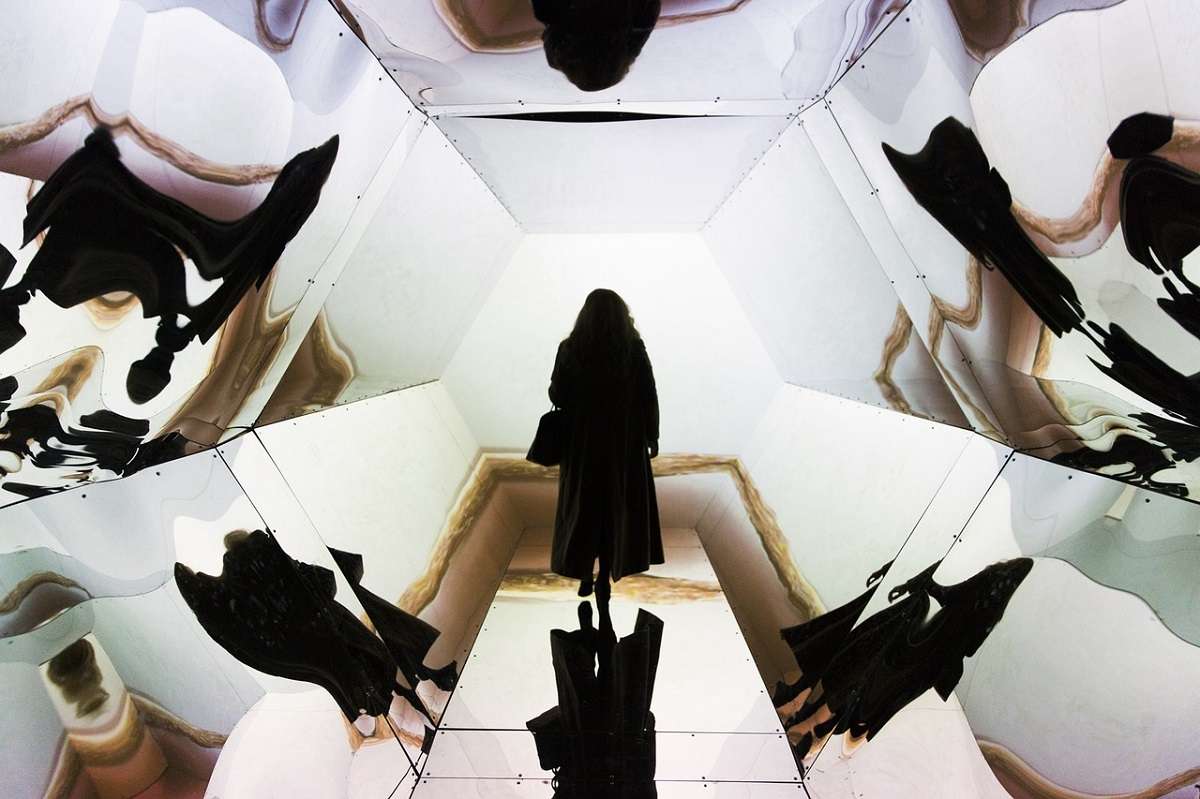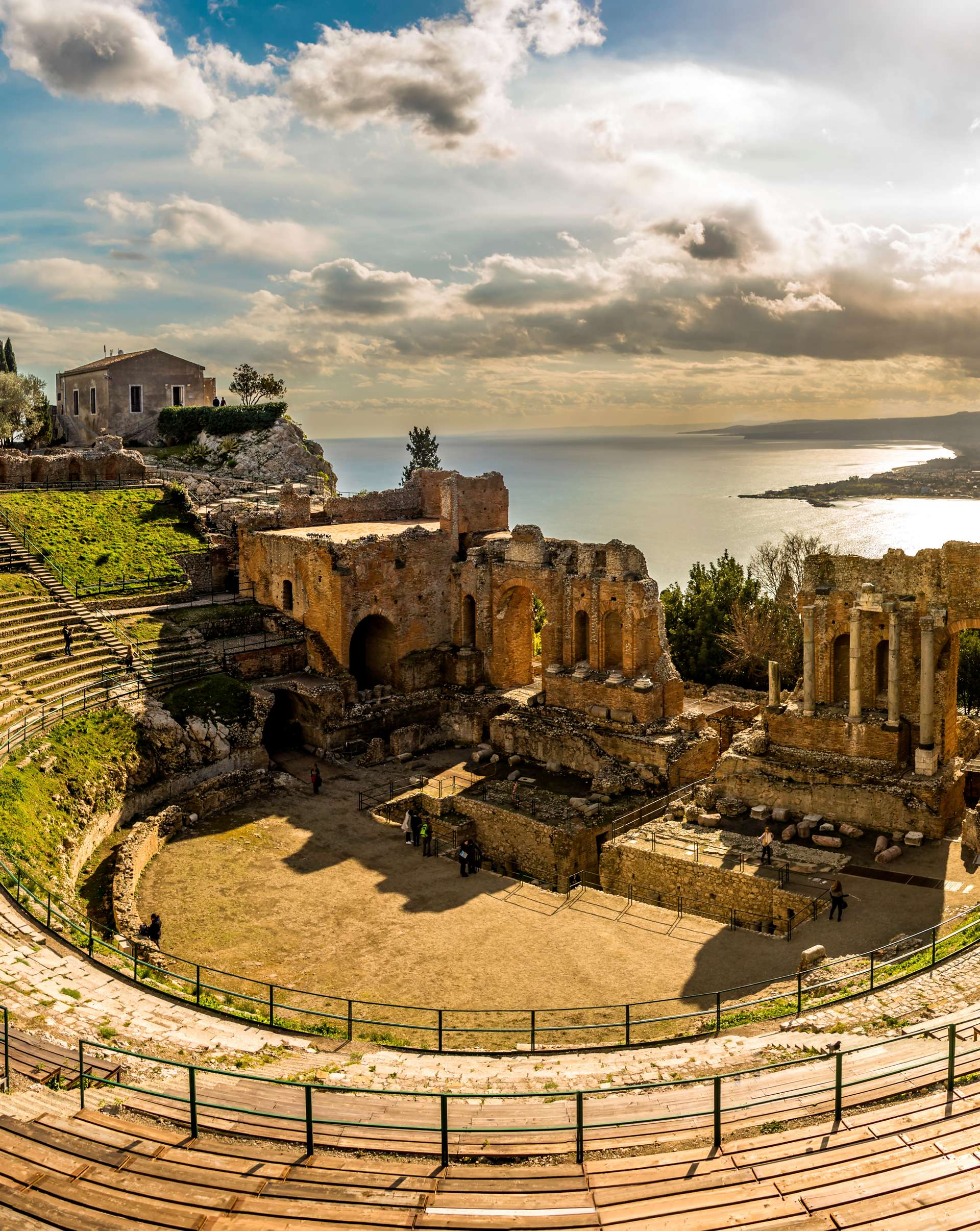
How to create a meaningful and personal art collection
February 26, 2024Creating a meaningful and personal art collection is not simply an act of acquisition but a journey of discovery, expression, and personal storytelling. To become a collector, it's essential to deepen one's passion for art, understand the emotional and personal significance of the artworks, and learn to curate and present the collection in a way that reflects one's unique vision. This journey can be enriched by drawing inspiration from the stories of famous collectors and their exceptional collections.
Becoming an art collector is a personal and deeply rewarding journey that goes beyond mere possession of beautiful objects. It's a journey that involves self-discovery, personal expression, and contribution to the world of art. Developing a narrative, recognizing the emotional significance of the works, carefully curating the collection, and drawing inspiration from great collectors of the past are all fundamental steps in this journey. With passion, dedication, and a reflective approach, anyone can become a collector and create an art collection that is meaningful, personal, and above all, a reflection of one's soul.
Developing a narrative behind your collection
The first step to becoming a collector is to develop a narrative that guides the creation of your collection. This means reflecting on what you're passionate about in art and how you want your collection to communicate this passion. The narrative can be influenced by a historical period, an artistic movement, specific themes such as nature or the human condition, or even personal experiences you wish to explore through art. Defining a clear vision will help you make more targeted and meaningful choices over time, creating a cohesive collection that tells a unique story.
The emotional and personal significance behind your artworks
To become a collector, it's crucial to recognize the importance of the emotional and personal significance behind each purchased work. Every piece should resonate with you on a personal level, stimulating reflections, memories, or emotions. This approach transforms the collection into an extension of your identity and values, making it unique and irreplaceable. Listening to your intuition and allowing emotions to guide some of your purchasing decisions can lead to surprising discoveries and enrich your experience as a collector.
Tips for curating and presenting the collection
Once your collection begins to take shape, curation and presentation become essential to becoming a collector. Curating your collection means selecting and organizing the works so that the narrative and meaning you wish to convey are clear to observers. Consider the interaction between the works, how they influence each other in terms of color, shape, theme, or technique.
Presentation is equally important. The arrangement of the works in your rooms, lighting, and the space around each work can significantly influence how they are perceived. Creating spaces where art can be contemplated without distractions or where conversations can naturally arise around the works enriches the experience for both you and your guests.

The history of famous collectors and their collections
For inspiration on how to become a collector, we can look to the stories of famous collectors and their collections. Peggy Guggenheim, for example, created one of the most important collections of modern art of the 20th century, focusing on avant-garde artists and becoming a key patron for many of them. Her collection, now exhibited at the Guggenheim Museum in Venice, reflects her passion for modern art and her commitment to promoting innovative artists.
Another example is Charles Saatchi, whose provocative approach to collecting and patronage had a significant impact on the contemporary British art scene. Saatchi was a pioneer in recognizing and supporting young artists of the Young British Artists (YBA) movement, helping to launch the careers of Damien Hirst and Tracey Emin, among others.
These collectors not only amassed artworks but also helped shape the course of art history through their choices and support of artists. Their passion, vision, and audacity are sources of inspiration for anyone wondering how to become a collector.
...
WeVillas is not just synonymous with luxury.
It's a true emblem of a lifestyle. And the intersection of art, luxury, and lifestyle transforms every stay into a cultural and emotional journey.
We are always ready to offer you the best luxury travel experience!
We are a young and enthusiastic group, working in luxury tourism for over 10 years. We personally select the villas we offer to our clients and ensure they meet the highest standards from every perspective.
For our clients, we seek only the best, nothing less!
Insights
How to create a meaningful and personal art collection
Valutating and authenticating artworks
The Art Market and Current Trends
Identifying the Style and Artistic Interest in Art Collections
Exploring the world of art collecting
The succession of the art collection: a guide for collectors and heirs
From galleries to auctions: where to find artworks for your collection










